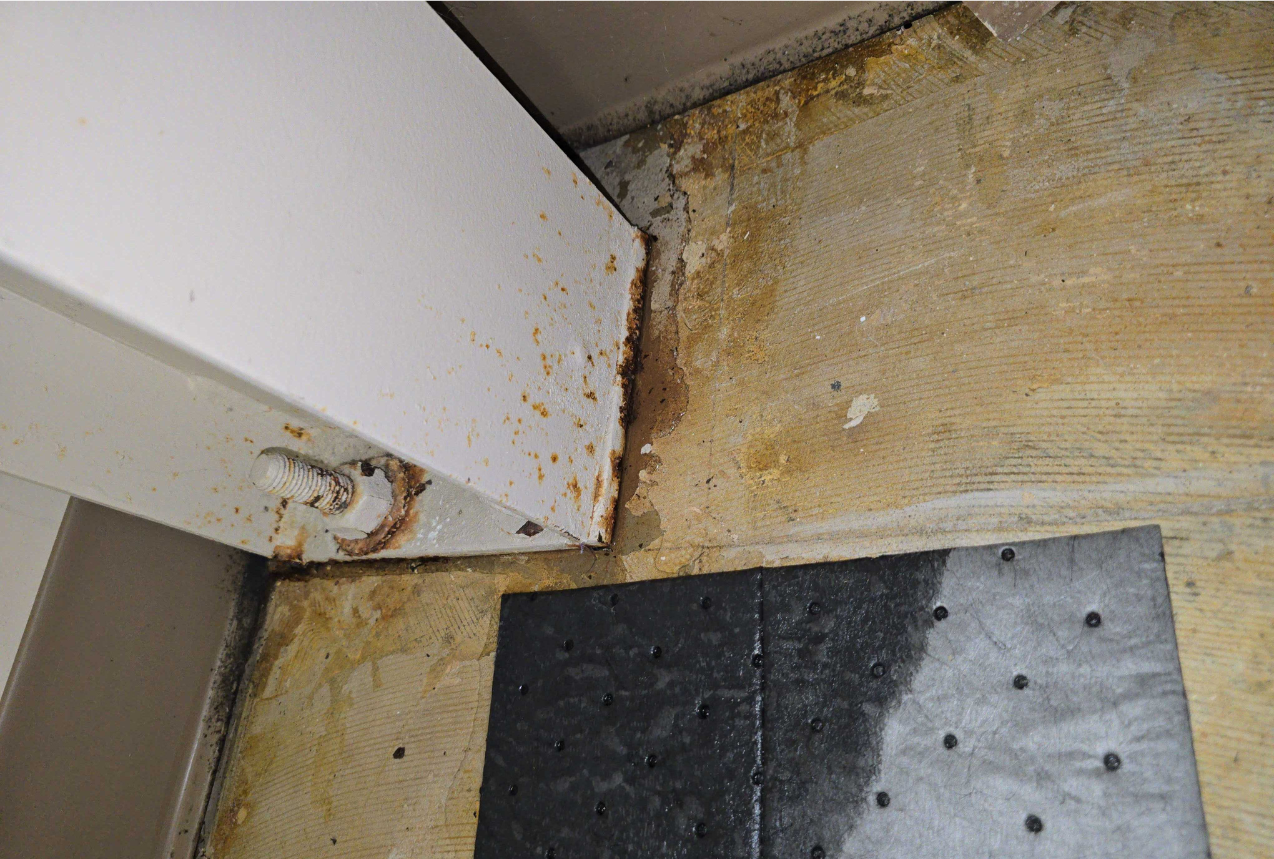Everyone in Kentucky and Southern Indiana knows a good downpour. While it’s good for the garden and fills up rain barrels, have you stopped to think about what all that heavy rain is doing to your home’s foundation?
How Water Impacts Your Home’s Foundation
Your home’s foundation is the base that supports everything. It’s built strong, but it constantly interacts with the soil around it. And in Kentucky and Southern Indiana, our soil has distinct characteristics.
We frequently deal with expansive clay soil. This soil is like a sponge: it expands considerably when wet, putting pressure on your foundation walls. Then, when dry, it shrinks, creating voids and leaving your foundation unsupported, which can lead to settlement. This “swell and shrink” cycle stresses your home over time.
Add to that hydrostatic pressure. Is water building up in the soil around your basement or crawl space walls. This water creates powerful pressure, trying to push its way through any crack or weak point. It’s a force strong enough to cause walls to bow, crack, or even lead to leaks and flooding in your lower levels. Repeated exposure to these forces, especially with our region’s fluctuating weather, weakens your foundation. Over time, even small amounts of water can contribute to damage if these are not addressed.

Common Signs of Rain-Related Foundation Damage You Cannot Overlook
So, how do you know if your home is feeling the strain? Taking a look after rain can save you from bigger headaches.
1. Indoors: Red Flags in Your Basement or Crawl Space
- Flooding or Dampness: Standing water, wet spots on floors/walls, a musty odor, or high humidity show water is entering. Even just a damp feeling can signal a problem.
- Wall Cracks: Look for cracks in your foundation walls. Horizontal cracks are serious, signaling hydrostatic pressure. Vertical cracks can indicate settlement or concrete shrinkage. Stair-step cracks in brick or block walls usually point to foundation settlement. All cracks are pathways for water and signs of stress.
- Bowing or Leaning Walls: If your basement or crawl space walls appear to be pushing inward, this is a critical structural issue caused by extreme hydrostatic pressure. This requires immediate professional assessment.
- Uneven or Sagging Floors: This often points to problems in your crawl space, like rotting support beams or foundation settlement, leading to unlevel living spaces above. You might notice furniture tilting or doors not closing.
- Sticking Doors and Windows: If doors and windows on the first floor or above suddenly become difficult to open or close, it could mean your foundation has shifted, warping the frames. This is a common, subtle sign of foundation movement.
- Mold Growth: A clear sign of excessive moisture and poor ventilation, mold often thrives in damp basements and crawl spaces where water has entered. Beyond aesthetics, mold can pose health risks.
2. Outdoors: Visible Clues Around Your Home’s Exterior
- Pooling Water Around the Foundation: After rain, if you see water collecting near your home’s base, your grading is not performing its function, directing water where you do not want it. This puts direct pressure on your foundation.
- Erosion of Soil: If soil around your foundation is washing away, it’s losing crucial support, potentially leading to settlement. Visible trenches or exposed parts of the foundation are bad signs.
- Exterior Foundation Cracks: Just like inside, cracks on the outside of your foundation are direct evidence of stress or movement. These can be entry points for water.
- Cracked or Uneven Concrete Surfaces: Driveways, walkways, or patios that slope towards your home can act as funnels, directing rainwater straight to your foundation. This creates a direct path for water.
- Misdirected Downspouts: If your downspouts are discharging water right next to your house, they are overwhelming the soil and saturating your foundation. Extensions are often a simple fix.
Your home is likely your biggest investment, and protecting its foundation is important. If you have noticed any signs of water damage, or if you simply want peace of mind with a professional assessment, do not wait for the next heavy rainfall to cause more damage.
Get a free estimate today by calling us now at 502-535-2244 or fill out our easy online form.
Learn more about our services and other tips here.

FAQs About Rain and Your Foundation
How quickly can heavy rain cause foundation damage?
While a single heavy downpour might not cause immediate damage, consistent heavy rains over days or weeks can rapidly saturate the soil, leading to increased hydrostatic pressure and soil expansion. Effects can become noticeable within weeks or months, especially if underlying issues like poor drainage exist.
Is foundation repair covered by homeowner’s insurance?
Generally, homeowner’s insurance policies do not cover foundation damage caused by natural events like soil settlement, expansive soils, or hydrostatic pressure from heavy rain. However, if damage is sudden and accidental (e.g., a burst pipe causing immediate flooding), there might be coverage. It is always best to review your policy and consult with your insurance provider to understand your coverage.
What’s the difference between interior and exterior waterproofing?
Interior waterproofing typically involves managing water after it enters your basement or crawl space, using systems like interior French drains and sump pumps to collect and divert it away. Exterior waterproofing aims to prevent water from reaching your foundation walls, often involving excavation to apply waterproof membranes and install exterior drainage systems.
Can my neighbor’s drainage issues affect my foundation?
Absolutely. If your neighbor’s property has poor grading or drainage that directs water towards your property line, that excess water can accumulate around your foundation, contributing to hydrostatic pressure and soil saturation on your side. Addressing shared drainage concerns with neighbors can help both properties, as water does not respect property lines.

